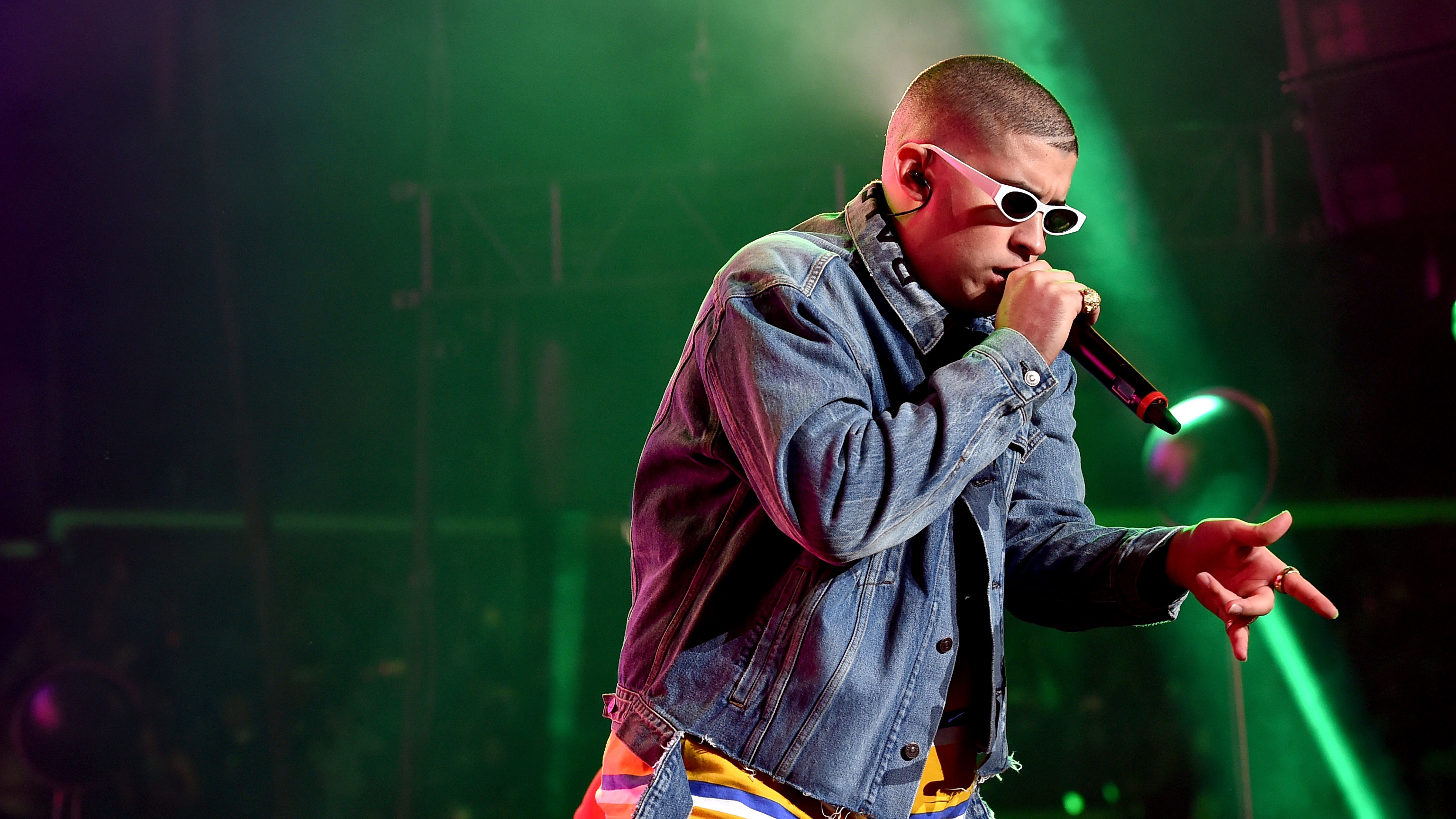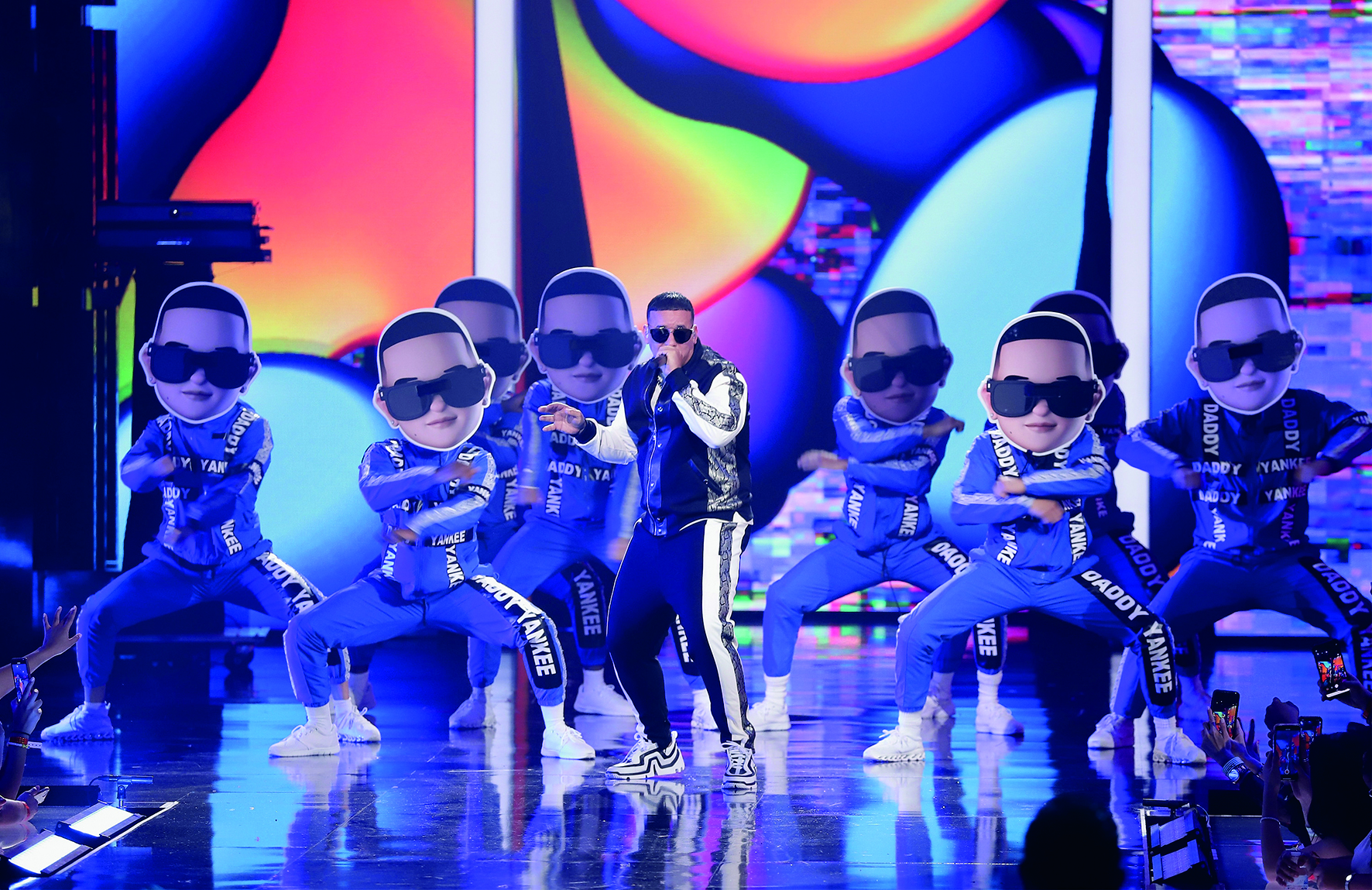22 essential reggaeton production tips to help you sound like Bad Bunny
Capture reggaeton's unique fusion of Caribbean rhythms and Latin flavour

Though it's been thriving in the Spanish-speaking world since before the turn of the millennium, among global audiences, the last decade has seen reggaeton take a meteoric rise from relative obscurity to all-out chart dominance.
Reggaeton superstar Bad Bunny's Un Verano Sin Ti was 2022's most successful album, and Latin music is now a global superpower that's captivating listeners from Tulum to Tokyo. With that in mind, we're taking a closer look at how reggaeton productions are put together, dispensing 22 essential tips and tricks for capturing the genre's unique fusion of Caribbean rhythms and Latin flavour.
1. Reggaeton's infectious, almost march-like, rhythm is credited as first appearing in the late '90s Shabba Ranks track Dem Bow. This dembow rhythm remains the basis of most reggaeton tracks, so listen to this track to get an idea of where it's coming from.
2. Although the beats programming in reggaeton can sound deceptively simple, the character is all in the sounds. Listen to the latest tracks and pick your sounds to match. The main beats should be raw with a variety of snares, the bass deep, with the remainder of the instrumentation carrying the Latino flavour. Common instruments used in reggaeton tracks include flamenco guitar, harpsichord, strings, timpani and just about anything percussive sounding.
3. Your track should make the dance floor shake, so dial up a good solid sub-bass sound, filtering off any unwanted higher frequencies.

4. Keep the structure simple. Most tracks work in eight-bar sections, with an instrumental intro and middle section. Build up two different eight-bar sections and alternate between them. This creates the feel that the DJ is slamming between different backing tracks - a technique that you'll often hear in dancehall. With rapping filling up a lot of the space, try to keep these sections free from clutter, making the beats loud and proud.
5. In its simplest form, the reggaeton beat has kicks on all four quarter-notes, with snares falling on 16th-notes 4, 7, 12 and 15. Add a sub-bass to quarter-notes 1 and 3 and hats to all four quarter-notes, and you have a starting point. To create more movement, look to the snare pattern rather than the hats, putting in extra 16ths while varying velocities to add feel.
Want all the hottest music and gear news, reviews, deals, features and more, direct to your inbox? Sign up here.
6. You won't find many hi-hat parts on reggaeton tracks, but that doesn't mean there's a lack of short percussive sounds. For a cutting sound, try a basic square-wave with a tiny decay. Alternatively, go for an electro cowbell or some timbales. Program quick patterns in 16ths and 32nds.
7. Switching between different eight-bar sections creates interest, but you still need to mark the changes with some fills. Rather than using sampled fills, program your own from the sounds you're already using.
8. For real presence, make your snares sound wider. Doubler, ensemble or chorus plug-ins can all be used here, but if you have none of these, try doubling the snare part on separate tracks. Keep all the settings the same, but pitch one track a few cents away from the other, then pan the tracks left and right. Remember to check the sound in mono, and adjust the panning and balance if necessary.
9. Although tracks can have lots going on, the snares must always cut through. This means they have to be loud and you need to get the sound right. The most obvious switch between eight-bar sections is often the snare, and the bigger the change the better. One popular sound is a very boxy one. Detune your sample by a few semitones, and you'll find that this helps degrade the sound too. Use a bit crusher to further mash it up.
10. Don't be afraid to process your snare sound quite heavily. Use a compressor to reduce the transient and a fast release to bring up the decay. EQ up the boxy frequencies (200Hz to 400Hz) and filter off the top frequencies if they get in the way. Push the high-mid frequencies for a bit more cut, then gate the whole chain to achieve the distinctive clipped sound.
11. Often either the downbeat or quarter-notes 1 and 3 are accented with an additional resonant tom sound. Starting with either a resonant tom or kick sample, find the pitch you want the sound to play, then edit the sample front until there's just a hint of pitchbend in there.
12. Amend the end of the sample in the same way. If necessary, you can filter off some of the sub frequencies to avoid any clashing with the bass and kick. With the main snare sounds sorted, think about additional sounds to add movement. These can be claps, blocks or just smaller snare sounds. Program short rolls in 64ths with rising velocities and place on the last 16th of every other bar. Try other positions too. Balance them under the main snare and they'll help to move the track along.
13. Musically, many reggaeton tracks sound quite Latino. With the sub-bass adding weight to the track, you'll need to mark the harmonic content with something more audible. Double up the bass part with other sounds, like marcato strings, synth strings or even a bright trance-type lead sound.
14. You'll find the odd sweep and rise, but by far the most common effects in reggaeton are gunshots and explosions. However, on their own these can sound surprisingly dull. For an effective machine gun effect, find a synth-generated snare patch and wind up the noise content. Trim the envelope to make the sound short and sharp. Program a short burst of 32nd-notes, then add plenty of long, dark reverb. Finally, automate some panning for that bullet spraying effect.
15. Reggaeton thrives on drops. One of the most effective drops is at the top of the bar: take everything out except bass, then bring it all back in on the first snare hit.
16. A word on kicks. Look for a kick drum that's tight and short. If needed, add top-end EQ to make it cut through in the mix. As it tends to play with the sub-bass, the two need to work together well. Use high-pass filters on both sub-bass and kick drum to achieve the right low frequency balance. Be prepared to shift the sample start point if there are any phase issues.
17. For added variation, in intro sections and drop sections try copying your snare pattern to a different type of sound, keeping the main snares muted. Try a block, timbale or short sequenced sound, or pitch up your existing snare sound. When you're ready to drop back into the main section, the big snares will sound even better.
18. Ensure your percussive sounds are short and tight. Edit the sample end points or gate off the decay.
19. To achieve the right sense of drama, pick orchestral sounds such as strings, timps and harpsichord, and don't be afraid to EQ and compress to enhance their impact. Combine these with a nice sounding classical guitar patch and wind up the delays and reverbs to create an ambience that will act as a contrast to the drier feel when the beats kick in.
20. Intros and breakdowns can often feel like separate tracks, and you'll find much more instrumentation here than elsewhere in a track. Like R&B, the sounds can be regular 'module-type' noises, although check out Mirame by Daddy Yankee and hear how it sounds like a whole orchestra has turned up just for the intro.
21. With the harmonic content kept to a minimum in the rest of the track, the intro is your chance to mark out the harmony. Add to this with further counter melodies. If you keep the phrases short (say, a couple of beats), you can repeat them on a couple of different sounds - such as harpsichord then sitar. Continue with the counter melodies after the intro, but drop out the pad-like textures to create space.
22. The vocal content can include rapping and singing, and you'll often find the intro includes a sung vocal hook. If you're only using a rapper, you may want to create a melodic hook using instrumentation instead. The intro to Yo Quiero Bailar by Ivy Queen makes unashamed use of some baroque-style harpsichord, which then disappears, only to re-appear when the track's nearly over. Although it's quite cheesy, it makes for a memorable hook.
MusicRadar is the number one website for music-makers of all kinds, be they guitarists, drummers, keyboard players, DJs or producers...
- GEAR: We help musicians find the best gear with top-ranking gear round-ups and high-quality, authoritative reviews by a wide team of highly experienced experts.
- TIPS: We also provide tuition, from bite-sized tips to advanced work-outs and guidance from recognised musicians and stars.
- STARS: We talk to musicians and stars about their creative processes, and the nuts and bolts of their gear and technique. We give fans an insight into the craft of music-making that no other music website can.
